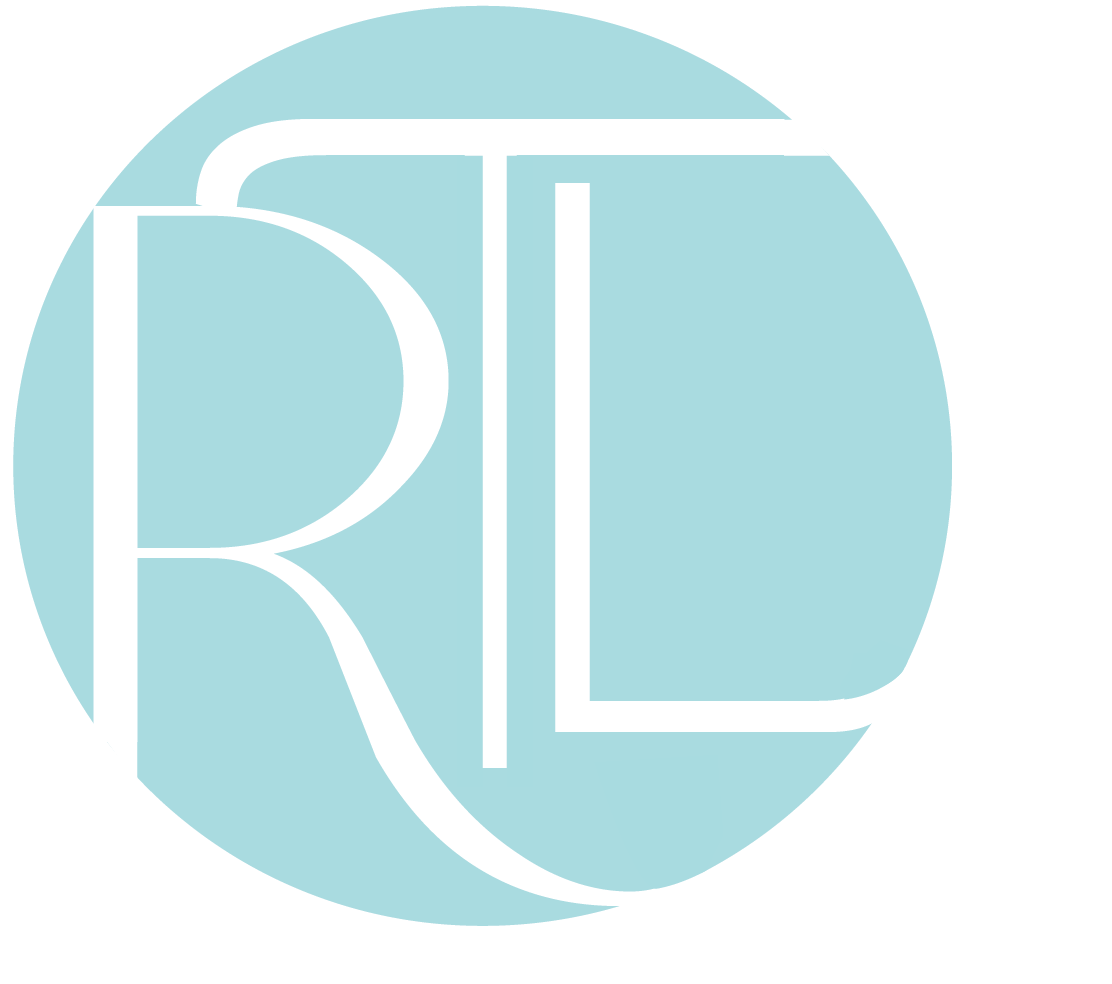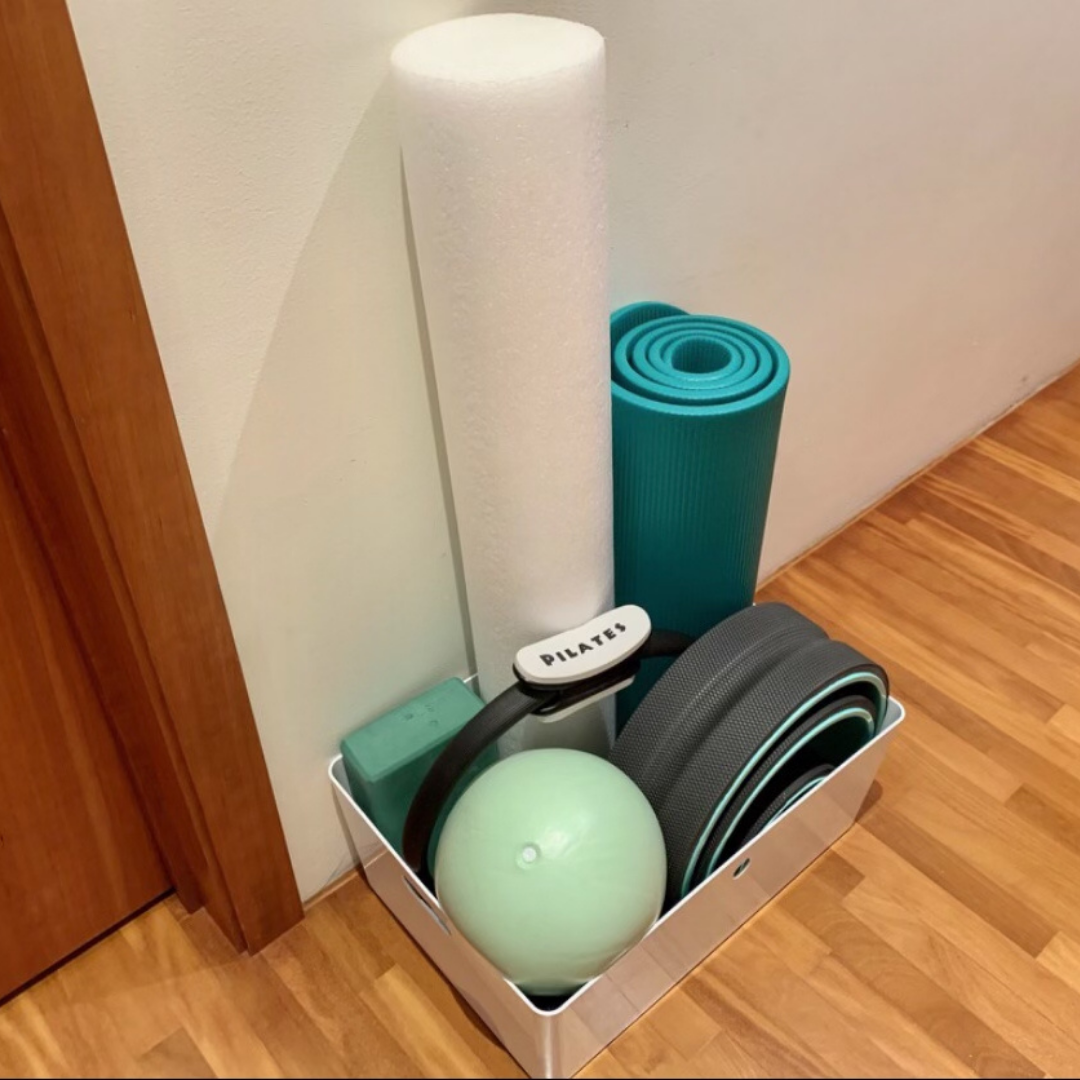
The Power of Props! by G
Props are a great way to give you extra challenge and add variety to your practice. But for me the biggest bonus of using props is that they give you guidance and feedback that allows you to explore the practice in a new way and that helps you discover the depths of the exercises.
FIRST THINGS FIRST
I know this is a blog about props, but before we got to those let’s quickly discuss Pilates and why it’s unique.
The best thing about Pilates, in my opinion, is that it is mindful movement. What do I mean by that? I prefer to talk about Pilates as a movement system (or theory of movement as Emma likes to say) and not a workout routine. Yes, you’ll get a workout for sure but the goal isn’t to burn calories or to develop a six pack, although that may be a welcome side effect! The ultimate goal is for you to develop more efficient movement patterns that will support you through all aspects of your life. When you move through the exercises mindfully, and allow yourself to fully explore different ways of doing the same thing, you have a true chance to not only get stronger, but to change your movement habits in a positive way. And change is where the magic lives!
G’S BOX OF PROPS!
WHY USE PROPS?
Ok, now that’s out of the way, let’s go back to our intended subject - props.
Props are a great way to give you extra challenge and add variety to your practice. But for me the biggest bonus of using props is that they give you guidance and feedback that allows you to explore the practice in a new way and that helps you discover the depths of the exercises (remember change is where the magic lives…). This is actually why the studio equipment is so brilliant, but let’s face it, most of us can not spend the $$$ and dedicate the space to have a reformer in our living room (although we can all dream!). A small stash of inexpensive props can give you some serious bang for your buck, take up much less space than the equipment, and are much easier to stick in your suitcase for that time when we can actually go adventuring again.
I would highly recommend that if nothing else you invest in a good exercise mat. In a pinch you can always lay out a towel - but a mat will give you more cushion, it has better grip and it won’t get all tangled underneath you.
If you are new to the idea of props and have none on hand you can scour your house for things that can be useful. You would be surprised what you can do with a pillow, a rolled up towel/blanket or any balls you have lying around the house. Think tennis balls, pinky balls, soccer/playground balls from your kids toy chest.
If you are ready to invest in some props but are starting from scratch I recommend you start with these three basic items.
An exercise mat
A squishy ball
Thera band
Why do I recommend this particular combination? They are inexpensive, they are versatile and between the three you can achieve a challenging workout and discover the exercises anew.
So let’s look at one exercise and the different ways we can use a ball and band and how they can guide, support and add challenge depending on how you use them.
CUE THE HUNDRED
If you know one thing about Pilates it’s probably The Hundred! We all “love” it. It’s simultaneously simple in its movements and concepts, but has a lot to unpack when you really examine it. To execute you keep the trunk and legs very still against the vigorous pumps of the arms, all while you breath smoothly and deeply in for 5 and out for 5. Complete 10 reps, or a combined 100 pumps and voila, you have done The Hundred.
The trick to a really good Hundred is a strong curl from your bottom ribs with a continuous slope going up through shoulders, neck and head. While the arms and legs actively lengthen forward, the back of the head reaches up and back in opposition to the limbs. (Check out our fancy animation)
The most common problem I see in The Hundred is neck strain and tension, followed by lower back strain. There are a lot of reasons this could be happening but the good news is that with some simple tricks we can use the props to help support our movements, as well as guide the body to discover better patterns and add additional challenge.
EXERCISES
BALL VARIATIONS




